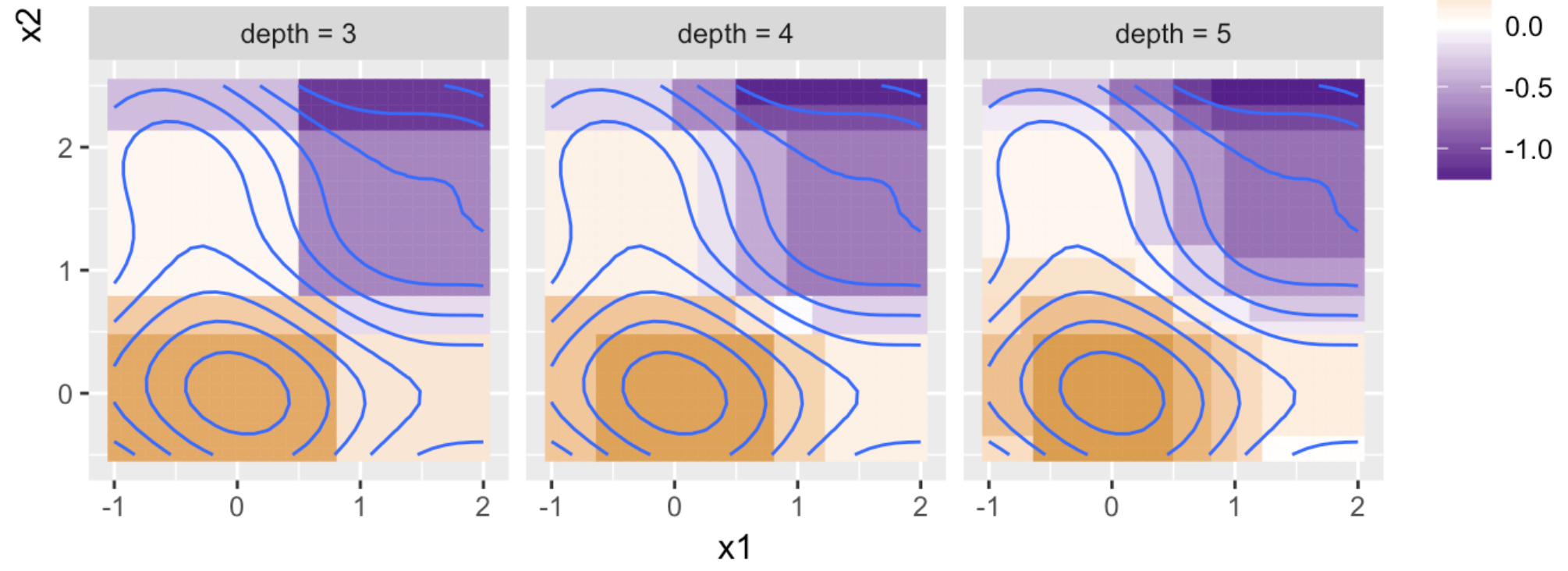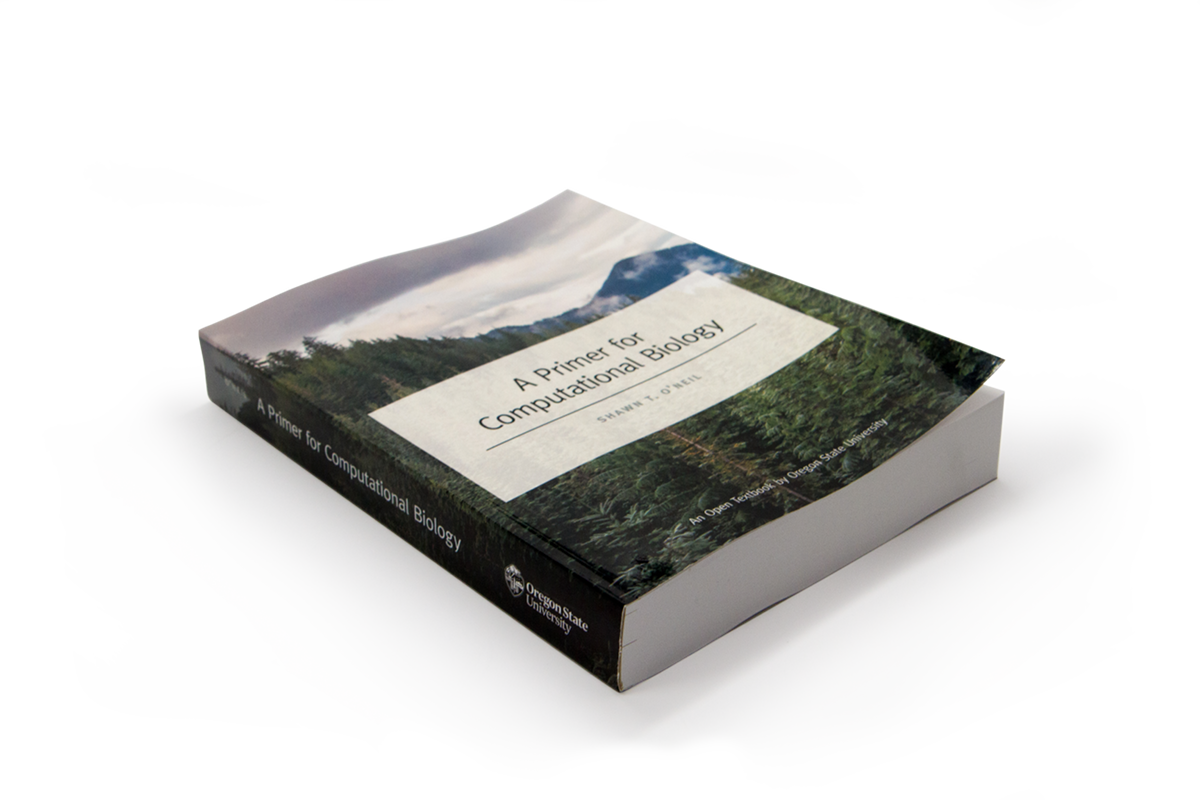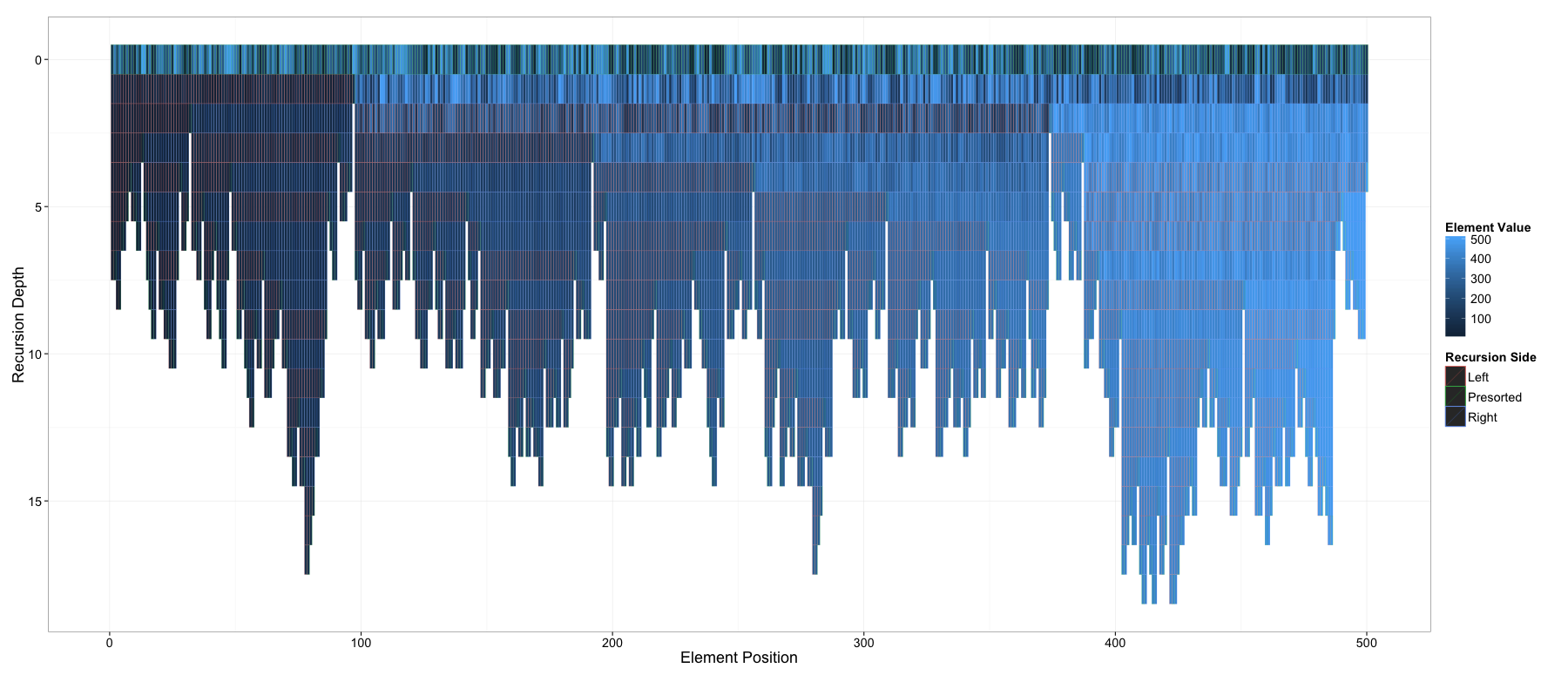I recently ran across this excellent article explaining gradient boosting in the context of regression trees. The article concludes by describing how the technique implements a gradient-descent process, but what I find most fascinating is the concept of “functional modeling”–building machine learning models from other models as building blocks. This post explores that idea by implementing regression trees in base R (with a little visualization help from ggplot2, dplyr, and tidyr) with functional programming concepts, including a technique called bootstrap aggregating.
| Home | Bio | Tags |







